Sometimes a cooking vessel is more than just a cooking vessel. Join us as we discuss the perfect wedding gift, how a small cast iron pot may have sparked a revolution, and cast iron as a family member.
Historically, people have been cooking with iron well, since the Iron Age, and In so many of our episodes, we’ve talked about food or ingredient symbolism. How when they are ingested they are viewed to have the power to impart specific qualities on the eater.
In this episode, we’re focusing on the background of one of the most popular wedding gifts and a real cookware powerhouse - the dutch oven!
Back to the Iron Ages
A dutch oven is a thick-walled cooking pot with a tight-fitting lid, usually made from cast iron. Cast iron is a gold star standard today, but it’s been a journey to get there. If the average modern cook were to time travel back to ancient Rome, they’d find a fairly recognizable amount of cookware: bronze and copper pots, scissors, funnels, kettles. In many ways, the true basics of HOW we cook our foods had a VERY slow evolution.
We unlocked the idea to change the condition of the food we ate by cooking - which made some foods tastier, some foods from poisonous to nutritious. We started out roasting various foods on a stick over a fire which graduated to the spit so we didn’t burn our hands along with our mammoth meat.
Where I think we may not give full credit to human ingenuity is that there was a parallel track of invention of molding, firing, and use of clay which opened up techniques like boiling and braising. In the 1960s, an archeological site in Turkey unveiled an unparalleled cache of kitchen pottery belonging to a neolithic community. It includes all manner of bowls, all-purpose utensils, drinking cups and even a clay food warmer.
By the Greek & Roman eras of antiquity, metals and metal alloys like gold, silver, copper and bronze came into the kitchen along with glass, and the hardships of the Middle Ages caused humans to band together around communal hearths and tables. A communal stew might be served from a metal cauldron, with dozens of previous meals adding flavor much like the mother cassoulet that we talked about in our Casseroles episode. If the cauldron sprang a leak, it was patched with another bit of metal. The state of cookware followed in a similar vein for centuries.
Brass was the preferred metal for cookware largely through the late 17th century when European producers started experimenting with ways to use less expensive metal alloys. Cast iron pots emerged in the United States in 1696 when the Saugus Ironworks near Lynn, Massachusetts produced its first cookpot, now known as the Saugus Pot.
The Saugus Pot is only 4.5 inches in diameter and 3 pounds but it represented a monumental shift in self-sufficiency for a young colony. Up to that point, metalware came to America from Western Europe. This culmination of materials, production knowledge, and need further fueled a desire to be fully independent from Great Britain.
According to the American Foundry Society:
“The 1750 Iron Act made it illegal for colonists to build rolling or slitting mills, trip hammers and furnaces used to produce nails, wrought iron and steel. The Iron Act also discouraged the production of iron goods that had been made with this equipment in the colonies. The law meant that colonists would have to purchase finished iron goods at a much higher cost from Great Britain.”
An American Vessel
While researching for this episode, Leigh was struck by many articles and references that described the Dutch oven as not necessarily based upon its physical characteristics, but how it aligned with the characteristics of the people that employed it, especially in North America.
Some of those characteristics:
Sturdy and Versatile
Cut out for life on the road
Durable
Indispensable
They seemed emblematic of the hardiness and fortitude demonstrated in the early American colonists -those westward moving settlers, the fortune-seeking 49er’s, the cattle-driving cowboys.
To root the concept of the Dutch oven being America’s cooking vessel even further there were a couple of stories specifically involving American icons; stories that may or may not be entirely factual but manage to carry the aura of truth.
One story involves Paul Revere, the American industrialist/metalsmith who took that historical “Midnight Ride”. It’s posited that he was responsible for the innovation of adding the lip to the lid of the oven to keep coals and ashes from falling into the pot.
Now the fact is that the change did happen here in the States. And not long after the introduction of the Dutch oven in the late 1700’s as if the independent-seeking Americans were reinventing this Iron Age kitchen staple to fit their new lifestyle in a new-to-them place.
The second story involves two infamous American icons, Meriwether Lewis and William Clark. On their expedition to survey the Missouri and Columbia Rivers across the newly acquired Louisiana Territory, they would leave or trade much of the gear that they no longer needed along the way. Upon their return it’s said that the only manufactured products that they retained were guns and Dutch ovens. Again there is correlation between this rough and rugged life in America and this cooking vessel that helped to fortify and strengthen the people that were using it.
The Dutch ovens also held a social if not financial value within the household. To the point that many 18th and 19th century wills actually included the disposition of cast iron collections. According to John Ragsdale in his book “Dutch Ovens Chronicled,” Mary Ball Washington (George Washington’s mother) specified in her will dated May 20, 1788, that “one-half of her ‘iron kitchen furniture’ should go to her grandson, Fielding Lewis, and the other half to Betty Carter, a granddaughter. This bequest included ovens several Dutch"
Have a care for your iron and it will care for you
The other thing we loved is that there is a symbiotic relationship between the owner and the vessel itself. In order for the vessel to perform at its peak, the owner of the pan has to maintain the cooking surface. Which means that you need first to season it - to create this carbonized surface that is non-stick - and then after that you need to condition it after every use. Generally this means rubbing a coating of oil over the surface so that it doesn’t rust. And you never, ever use soap on your cast iron pan. And if you know someone who has cast iron, you know that they are the only ones to wash, dry and condition that vessel. If you help out with dishes, that is one dish that is left to the owner.
And for the vessel, it provides its user with an environment of fairly consistent heat, the versatility of so many cooking methods - frying, braising, baking, sautéing, fricasseeing. It can be used on electric heat, gas heat, induction heat, and in the fire both indoors and outdoors. For more about campfire cooking, check out Campfire Foods: Harnessing Fire, Foil Packets, and Food on Sticks
Dutch Oven Transcript
🎧 Click here for the full, interactive transcript of this episode 🎧
Sources We Found Helpful for this Episode
Books We Think You’ll Enjoy Reading
Recipes You Really Need to Try
Episodes We Think You’ll Like
Grain Empires: The Wheat Belt, American Innovation, and A Kitchen Confidante
Kitchen Technologies: Salt Cellars, Automatons, and Coffee Filters
Wedding Foods: Undigested Squid Beaks, Turtle Doves and Candy-Coated Almonds
We would love to connect with you
AsWeEat.com, on Instagram @asweeat, join our new As We Eat community on Facebook, or subscribe to the As We Eat Journal.
Do you have a great idea 💡 for a show topic, a recipe 🥘 that you want to share, or just say “hi”👋🏻? Send us an email at connect@asweeat.com
Review As We Eat on Podchaser or Apple Podcast. We would like to know what you think.
And please subscribe to As We Eat, Going Places. Eric and Leigh will be traveling in their converted van sharing stories of food culture from the road.
If you love what we’re doing, we would really appreciated you considering being a supporting subscriber. For just a few dollars, you can get access to this exclusive content as well as more in-depth articles and help keep our oven lights on!
Thank you for listening to the As We Eat Podcast. This post is public so share it with a friend - or three :)






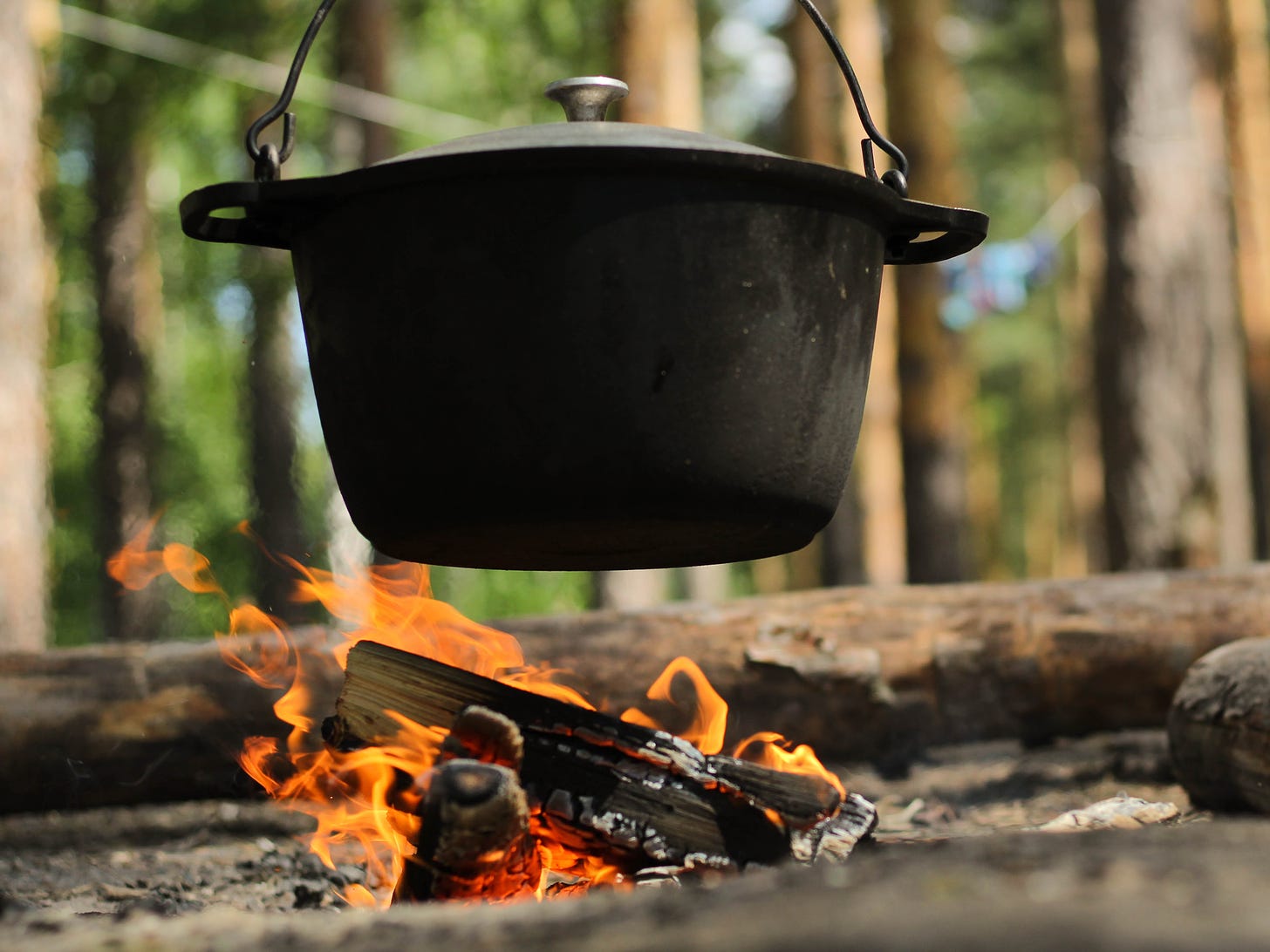









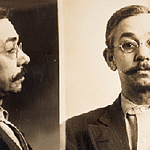


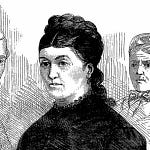


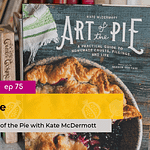
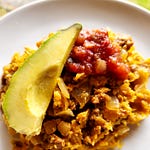
Dutch Ovens: Wedding Gifts, Symbols of Independence, and Members of the Family